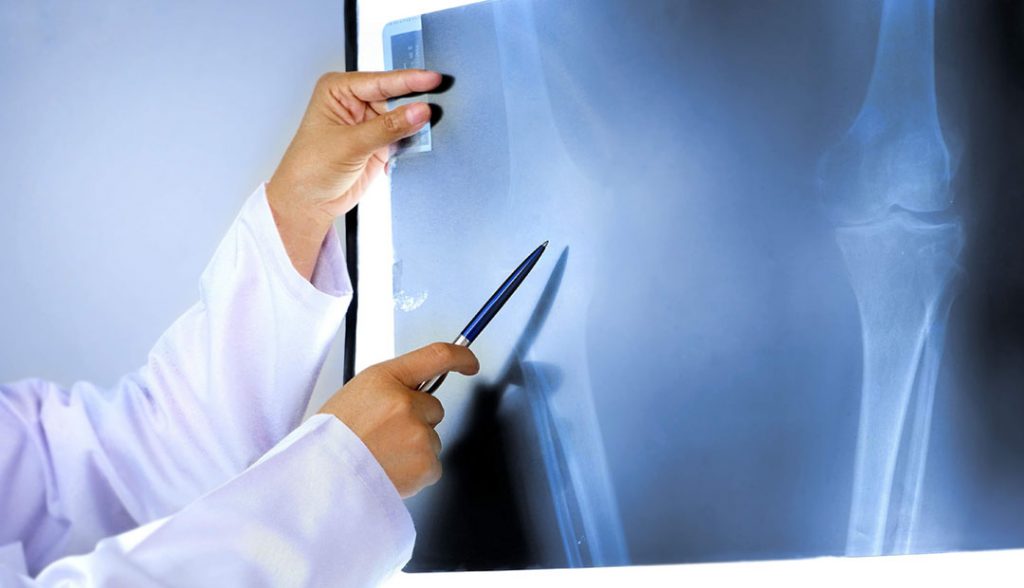Total knee replacement remains an important treatment for advanced osteoarthritis of the knee. Advancements in prosthetic design and use of more durable materials have lead to increased longevity of total knee replacements. Data from Australia’s National Joint Registry shows that after 17 years less than 10% have required a revision procedure. Despite these impressive results, some studies have reported that upto 20% of patients are not satisfied with their knee replacement.
Traditionally, surgeons have aimed to insert knee replacements in a neutral mechanical alignment. This means that the weight bearing axis of the limb passes from the centre of the hip, through the centre of the knee to the centre of the ankle, with the joint line being parallel to the floor. Osteoarthritic knees often have significant varus (bow-leg) or valgus (knock-knee) deformities that require significant correction to achieve a straight limb.
Studies on normal non-arthritic knees have found that very few people actually have a neutral mechanical alignment and the native joint line is slightly oblique to the floor. In recent years there has been a trend towards recreating the individual’s natural alignment and oblique joint line and slightly under-correcting the deformity. There is some evidence that this more ‘kinematic’ alignment can improve satisfaction and create a more natural ‘feel’ to the knee.
New technology is now available to assist surgeons to make fine adjustments necessary to achieve improved ligament ‘balance’ in knee replacement surgery. This technology includes computer navigation and robotic technology.

